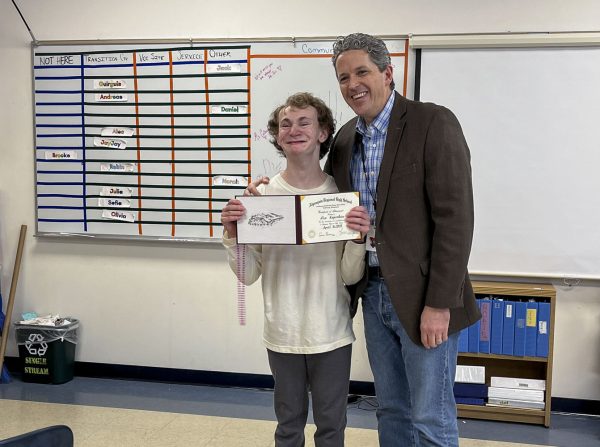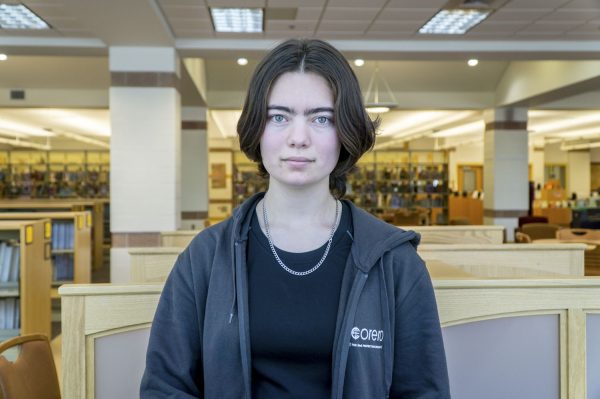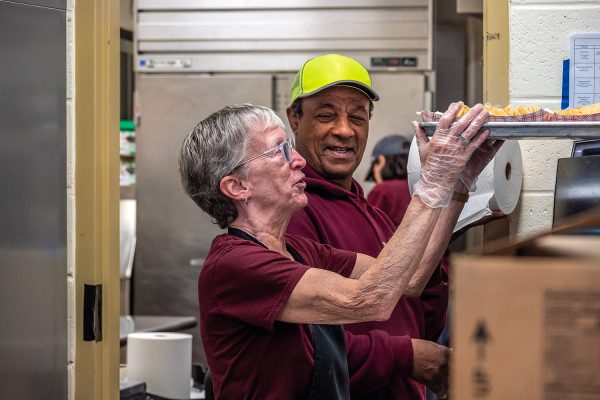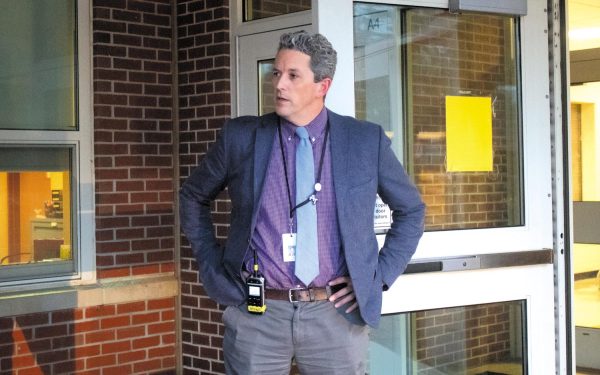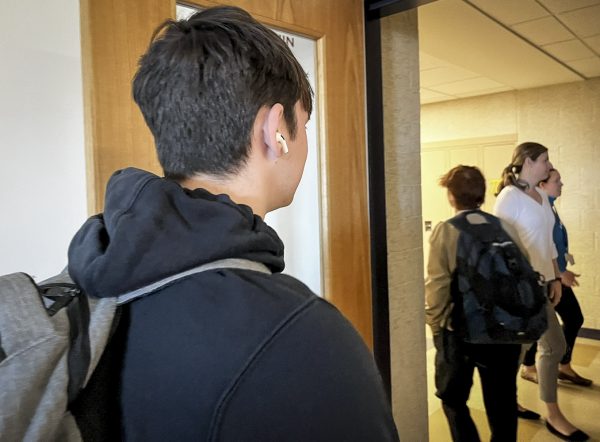Who let the (drug) dogs out?
January 16, 2015
Three narcotic-detecting German shepherds searched the school’s lockers, athletic locker rooms, and parking lot for drug-related contraband on December 5, leading to what school officials described as “very encouraging” results.
Although school officials declined to provide details on what exactly the dogs found, Principal Thomas Mead said that the investigation “didn’t find much of anything,” similar to the results of the two dog searches conducted last school year. Mead said that although a few students were questioned, the investigation showed that drugs were largely absent from school grounds.
“The overwhelming majority of our students understand that drugs don’t belong on campus,” said Mead. “I’m delighted that we have a drug free campus.”
The search, which took place during double-third period, lasted for about 20 minutes. Three troopers from the state police canine unit, each controlling a dog, conducted the search with the help of five town police officers. Mead estimates that the dogs searched about 1500 to 1600 lockers.
According to School Resource Officer Jeremy Trefry, who assisted in the search, the dogs are “multi-purpose”, meaning that they assist in police work ranging from narcotic detection to search-and-rescue and officer protection. Trefry said that the dogs can detect narcotics including marijuana, cocaine, amphetamines, and heroin, but do not detect prescription medications.
According to Trefry, all student discipline resulting from the search was handled by the school. Although police were involved in conducting the search, there was no police punishment.
The overwhelming majority of our students understand that drugs don’t belong on campus.
— Tom Mead
“My goal isn’t to get kids in trouble,” Trefry said. “It’s to keep people safe. The goal is not to find drugs; it’s to have a deterrent effect and keep drugs out.”
While in most situations the Fourth Amendment of the United States Constitution requires police to obtain warrants and probable cause to conduct searches of cars, different rules apply to school grounds. In the 1985 case New Jersey v. T.L.O., the Court ruled that schools need only “reasonable justification,” a lower degree of scrutiny, to conduct searches on their grounds.
Because the search took place on an already-scheduled training day for the dogs, police officers planted marijunana in the school as a test. Upon finding this decoy, the dogs were given a reward for their work. The German shepherd Trefry worked with, Dozer, received a Kong wrapped in a towel as a treat.
When the dogs sensed an odor emitting from a locker, the school opened the locker. Although sometimes there were false alarms – Mead cited dogs detecting clothing that had been worn around marijuana smoke outside of school – school administrators questioned the students of the alerted lockers. According to Mead, a few students were questioned in situations where the school did not find drugs.
“If there’s an alert on a locker, we’ll talk to the student,” Mead said. “There may be another explanation. We’ll talk to the students.”
Mead instituted dog searches two years ago in order to deter students from bringing drugs on campus. Following police advice, the school held assemblies about the narcotic detecting canines and announced the date of the first search before it took place.
Going forward, Mead hopes to establish dog searches as a fairly frequent routine in order to keep drugs off campus.
“As the administrators of this school, it’s our responsibility to make sure it’s safe,” Mead said. “That includes making sure banned substances aren’t here on our campus.”













